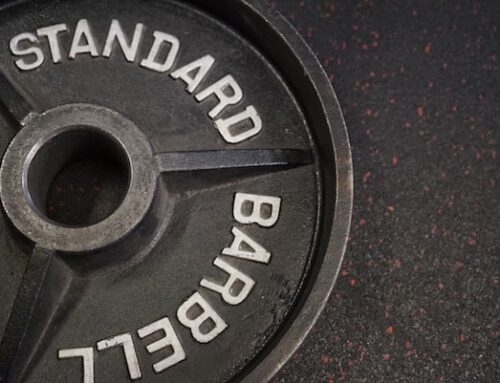Let’s start with the basics— straight sets. Performing straight sets is the traditional method for arranging your workout. You perform the number of given sets using the given number of reps, using the same weight throughout the set on a single exercise before moving on to the next exercise.
This is actually how I’ve trained my entire life. I love it— it’s simple, old school and has built the entire foundation of my physique.
You can experiment within your straight sets, too. Let’s say you’re doing five sets of 12 reps. Your first set is a warm-up set, and your next four sets are your “working sets.” During those working sets, you don’t change the weight each set— you just choose a weight you know will get you to failure by the last rep of your final set.
Doing your straight set that way keeps things really easy— you only need one weight so there is no fussing, changing weights, etc. The only tricky part is choosing the right weight that you know will get you to failure. That takes experience and time. For example, I KNOW that I need to grab the 15-pound dumbbells if I’m going to perform four working sets of 12 reps doing a military press. I know this because I’ve been doing that exercise for 10 years. The first set is not that hard— I get to 12 reps without struggling. But by the end of the fourth set, I usually need a spotter to help with the final two or three reps or I have to take a quick rest-pause before finishing. Sometimes I don’t make it at all (this usually has a lot to do with how on-point my nutrition was that day, how fueled I am for my workout, how much sleep I got, my stress level, and/or if I took my NLA for Her Uplift pre-workout).
An alternative way to perform your straight sets is by “pyramiding up” the weight. You 76ytperform the same four working sets of 12 reps (don’t forget to start with one or two warm-up sets!) but this time you stay close to the dumbbell rack because each set you will use a heavier weight. If I use this technique I would usually use 15 pounds for the first working set, 17.5 pounds for the second (I LOVE gyms that have the 17.5-pound dumbbells!), 20-pound dumbbells for the third and I will try with everything I have to get 12 reps with 25-pound dumbbells on the final set.
If your gym doesn’t have small enough increments in dumbbells, you can always change up the exercise by using a barbell, cables or machines.
Other Ideas
A great way to change things up and really shock your body is using giant sets. Giant sets are a group of exercises that you perform one set of each of with little to no rest (about 10 seconds to move to the next exercise in the giant set is all you need), moving quickly from exercise to exercise. When you finish one giant set of the exercises listed, rest 60 to 120 seconds, then repeat for the prescribed number of times. It is a high-intensity workout that shocks the body into gaining strength while also sneaking in some cardiovascular training (since your heart rate will be elevated throughout the giant set).
To check out my back and biceps workout using giant sets,







Leave A Comment
You must be logged in to post a comment.